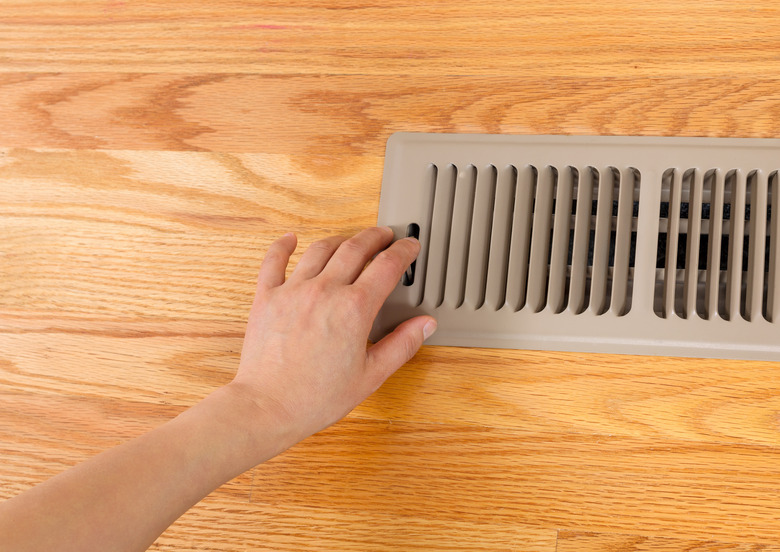I Have A Dead Mouse In My Heating Vent: How Can I Get Rid Of The Smell?
We may receive a commission on purchases made from links.
The unmistakable smell of a decomposing rat or mouse is not something that many can stomach, especially if it is trapped in your heating vents and sending the stench throughout the home. The good news is that it can be handled if you're up to the task. Aside from a strong stomach, you will need a few disinfecting items and the right personal protective equipment (PPE). This PPE might help you stomach the odor and stay safe while handling this nasty task. The final necessity will be finding the source of entry so you can get rid of the rodents for good.
Tracking Down a Dead Mouse
Tracking Down a Dead Mouse
If you have ever heard the saying "the nose knows," this is a time for that. Shut down the system and follow the smell to where it is strongest. If you find that the smell is everywhere, then more than likely, the rodent met its demise in the ductwork closest to the furnace or HVAC unit itself. If you find that the smell is coming from one specific area, you will want to investigate the vents in that area.
You can look in the suspected area with a flashlight and a mirror. This may require removing the grilles to the vents or opening the HVAC appliance. A few companies make tools called borescopes that can look inside the duct and behind walls while sending the image to your Bluetooth device, where you can share it on your social media page if you like. The cost of the device might be better spent on paying a professional, though.
Removing a Dead Mouse
Removing a Dead Mouse
Once you locate the carcass, don the proper PPE, such as a good pair of rubber gloves and a respirator. Grab a plastic bag, paper towels, or a disposable rag. The other tools needed to retrieve the carcass can either be a vacuum hose attachment on a shop vac or a metal coat hanger. This depends on your specific scenario. Once you have retrieved the dead rodent, you will want to get it in a plastic bag as soon as possible.
Dealing With the Lingering Smell
Dealing With the Lingering Smell
After properly disposing of the dead rodent, you need to deal with the cleanup. The type of heating duct you have will determine how to go about disinfecting the area of the rodent's demise. A metal duct, which is used in most areas, will be pretty easy to clean.
While still wearing your PPE, spray a good disinfectant and clean the area, which may require gaining access to it. You may be able to soak a disposable rag in a disinfecting solution and push and pull the rag with a coat hanger if the area is just slightly out of reach.
Plugging the Entry Point
Plugging the Entry Point
Plugging the hole lowers the probability of this happening again. This is crucial for both keeping the critters out as well as maintaining the efficiency of your ducted heating system. Look around for any type of opening in the ductwork. Seal off ductwork with a good-quality metallic duct tape.
Keeping the Rodents Under Control
Keeping the Rodents Under Control
If a mouse or rat got in once, they will likely do it again while escaping inclement weather or searching for a meal. After you have sealed the entry points to your home, another consideration if you sense there may be more critters in your heating ducts is dealing with them on your terms. Place traps in convenient spots that are easily accessible. Do not use any kind of poison. They can and will find a place to die that you may never be able to access.
